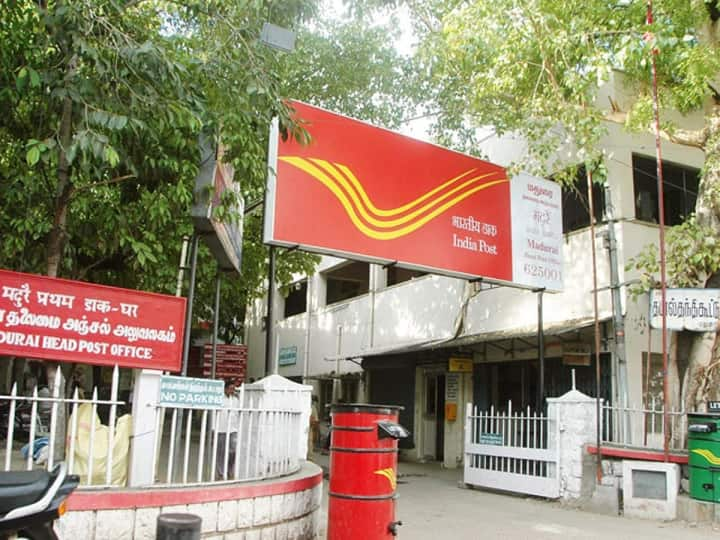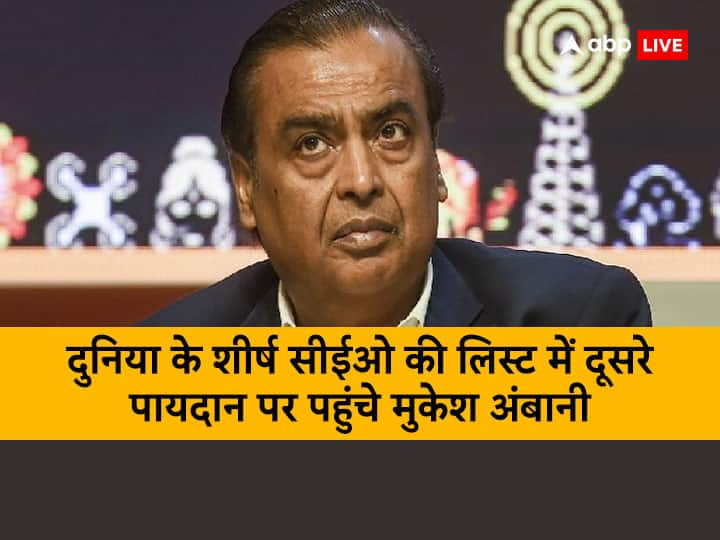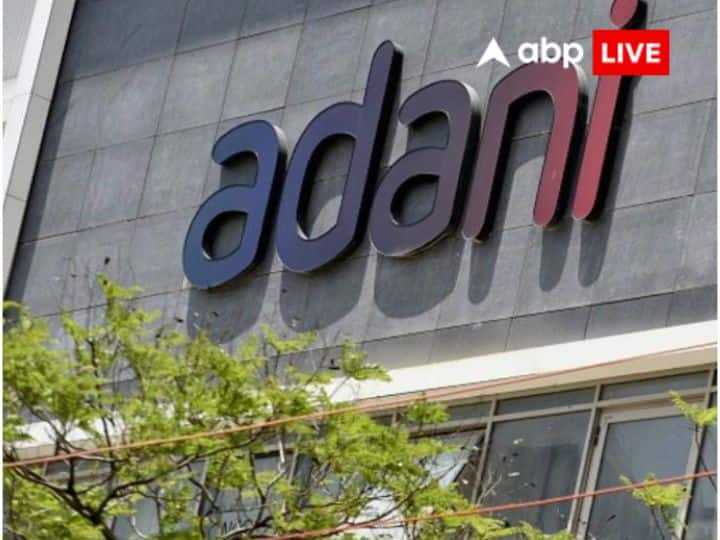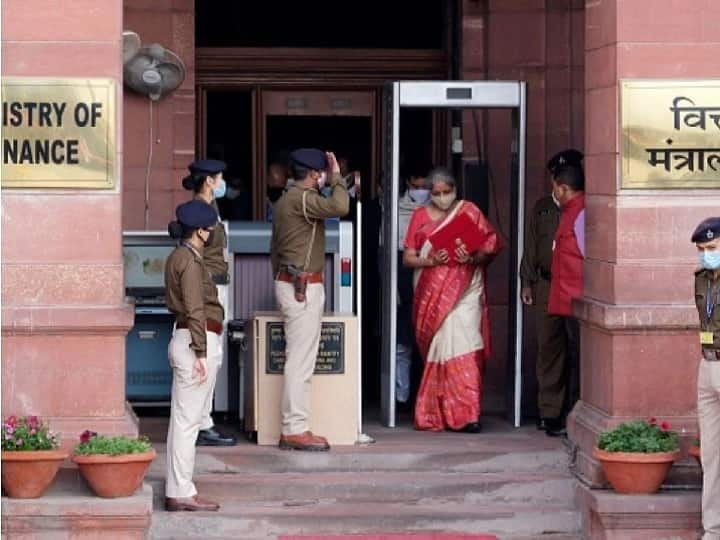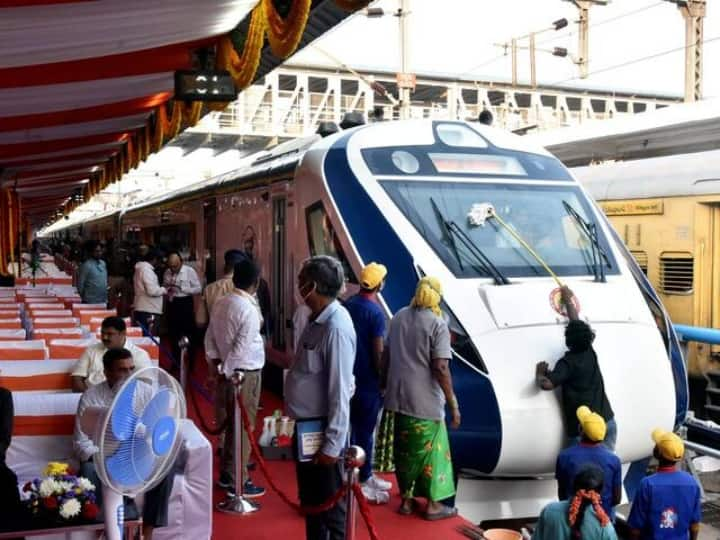[ad_1]
Many people prefer Small Saving Schemes as a means of saving and investing every month. Especially Post Office Saving Schemes provide better options for savings and investment to the people, that is why they are liked a lot. Now a major change has been made in the rules related to investment in these schemes. These changes are for post office schemes.
Department of Posts issued circular
The Department of Posts has recently issued a circular in this regard. In a circular issued this week, the Department of Posts has changed the KYC i.e. ‘know your customer’ provisions for investors investing in small savings schemes. Under the changes, the provisions have been made difficult for those who invest heavily in post office schemes.
Proof will have to be given along with KYC
Now if an investor invests Rs 10 lakh or more in post office schemes, then he will also have to provide income proof in the form of KYC documents. Regarding this, the Department of Posts has asked all the post offices to take proof of earnings from a certain category of investors of small savings schemes. This change has been made to prevent terror finance on money laundering. Now in these cases, along with PAN and Aadhaar, investors will also have to provide income proof.
Investors are divided into 3 categories
In the circular, the postal department has divided the investors into 3 categories. Investors are divided into categories on the basis of risk appetite. If an investor opens an account in any scheme with Rs 50,000 and his balance in all post office schemes does not exceed Rs 50,000, then he will be considered a low-risk investor.
Strict rules on high risk category
Similarly, customers opening accounts with an amount of more than Rs 50,000 but less than Rs 10 lakh will be placed in the medium risk category. Even if the balance of all the schemes together is less than Rs 10 lakh but is more than Rs 50 thousand, it will be kept in the middle category. At the same time, as soon as the amount is 10 lakhs or more, the concerned customer will be considered in high risk category and strict provisions will be applicable on them.
read this also: Demand for Rs 500 notes, RBI working round the clock without leave
[ad_2]
Source link

